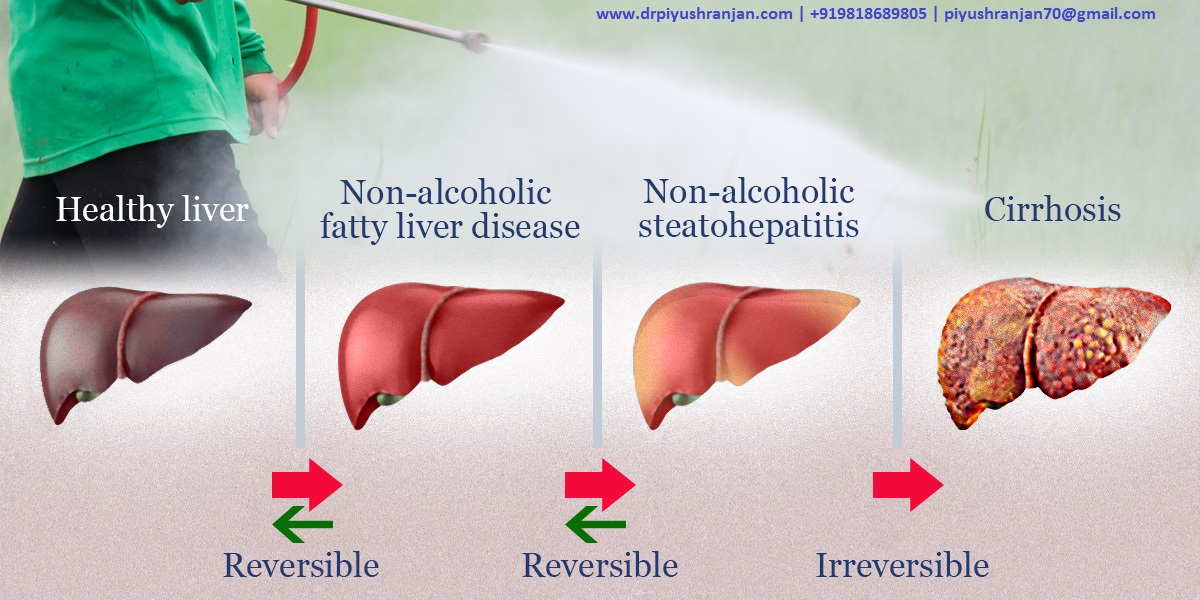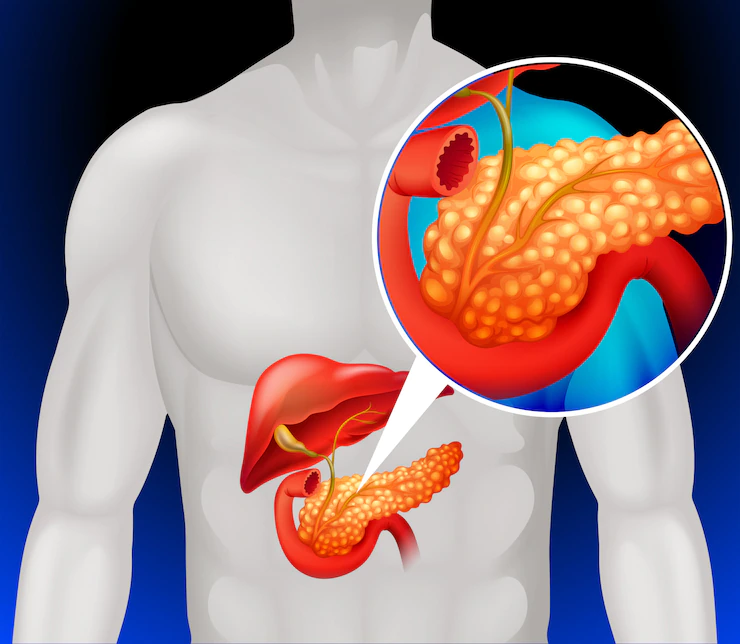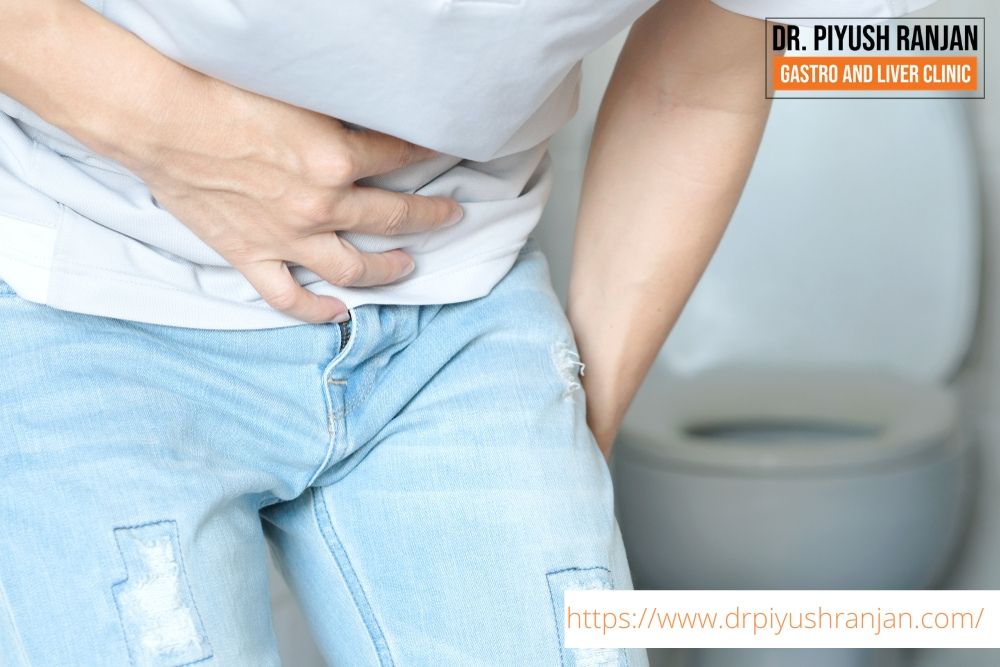Overview:
Gallbladder stone surgery is one of the most common types of surgery that involves the removal of the gallbladder. Gallstones that form inside the gallbladder and cause obstruction in the bile duct are removed and treated by gallbladder stone surgery. After the surgery, the hospital stay is one to two days whereas people can rest and recover back at their homes. They can resume back their normal routine activities within one to two weeks of treatment.
Table of Content:
- What is the Gallbladder
- What happens if gallstones are left untreated?
- gallbladder stone symptoms
- gallbladder stone treatment
- gallbladder stone pain area
- diet for gallbladder stone
What is the gallbladder:
The gallbladder is a little pear-shaped organ located to the right of your abdomen, directly behind your liver. It collects bile, a digestive fluid that is secreted into the small intestine. Bile produced by the liver is stored in the gallbladder. The gallbladder is full of bile before the meals, whereas it is emptied and flattened after meals, like a deflated balloon.
The gallbladder squeezes stored bile into the small intestine in response to signals via a system of tubes known as ducts. Bile aids in the digestion of lipids.
Gallstones are hardened deposits of digestive fluid that occur in the gallbladder. Gallstones can be as little as a grain of sand or as big as a golf ball in size. Some people produce one large or small gallstone at a time, while others produce multiple-sized gallstones at once.
Gallbladder Stone Symptoms

The most common symptom of Gallbladder stone is pain. Gallbladder stone pain can be mild and only happen once in a while, or it can be severe and occur frequently. The discomfort may radiate to other parts of the body, such as the back and chest, in certain situations. Gallstone pain can be sudden, rapid, and intensifying in the upper part of the abdomen. It can also occur just below the breastbone.
Other Gallbladder stone symptoms include:
- Frequent mild or severe pain in the middle to the upper right part of your abdomen.
- Gallbladder illness can lead to digestive issues like acid reflux and gas leading to vomiting or nausea.
- Fever or chills is a sign of infection, and it needs to be treated right away.
- A common bile duct block is also indicated by lighter-colored faeces.
- Dark colour urine is a common indication of bile duct clog.
- Frequent conditions like diarrhoea, constipation, and irregular bowel movements are also commonly seen in people with gallbladder stones.
- Jaundice with evidence of yellow-tinged skin is a strong indication of a block or stone in the common bile duct.
What happens if gallstones are left untreated?
If left untreated, gallbladder dysfunction can lead to medical complications such as infection or inflammation of the gallbladder, bile duct, or pancreas. If gallstones become stuck and obstruct a duct it can develop jaundice. These risks may result in a significant medical emergency, requiring the gallbladder to be surgically removed. One should take a proactive approach and reach out to a physician and seek available treatment options.
Gallbladder Stone treatment:
Gallstones and their complications are diagnosed using various tests. These tests include abdominal ultrasound, Endoscopic ultrasound (EUS), MRI, or other imaging tests. Gallstones can cause infection, jaundice, pancreatitis, and other issues, which can be detected with blood tests.
In the majority of people, gallstones do not cause symptoms that require treatment. Based on your symptoms and the results of diagnostic tests, your doctor will determine if gallstone surgery is needed.
Your doctor may advise you to be on the lookout for signs, such as worsening pain in your upper right abdomen to offer the best gallbladder stone treatment.
The various options for Gallbladder Stone treatment include:
- Gallbladder surgery (cholecystectomy): The surgeon opts to remove the gallbladder via laparoscopy (many small incisions) or laparotomy (conventional “open” surgery technique.
- Antibiotics Medications: these are used to treat infections that can occur during cholecystitis. Antibiotics aren’t usually used to treat cholecystitis, although they can help prevent the illness from spreading.
- Chemotherapy and radiation therapy: Chemotherapy and radiation therapy may be administered after gallbladder cancer surgery to help prevent cancer from recurring.
- Oral Dissolution Therapy: Ursodeoxycholic acid is an oral drug that can help people with gallstones who aren’t suitable candidates for surgery. Ursodeoxycholic acid may aid in the dissolution of tiny cholesterol gallstones and the alleviation of symptoms. Chenodiol is a different type of oral solution.
Surgical Removal of Gallbladder:
A cholecystectomy is a Surgical procedure that removes the gallbladder. It is a procedure that is important but not urgent. Therefore, Most doctors will not rush into this procedure and will seek a prior scheduled appointment for the surgery. Even though it’s a frequent procedure, it’s still a major procedure with significant risks and complications.
There are the two forms of gallbladder removal surgeries:
- Laparoscopic: To perform a laparoscopic cholecystectomy, your doctor makes four small incisions within your abdomen, then inserts a tiny video camera and removes your gallbladder using special surgical equipment.
- Open cholecystectomy: Your gallbladder will be removed through a single big incision made by your doctor.
A cholecystectomy, Gallbladder stone surgery like any other surgery, carries few risks. The state of your overall health will determine whether you may or may not experience any of these issues. Some of the common complications associated with surgery are:
Bleeding
Infection
Bile leakage
Damage to the bile duct, liver, and small intestine blood vessels.
Blood clots and pneumonia are two risks associated with general anesthesia.
How long does it take to recover from gallbladder stone surgery?
The time taken to recover after gallbladder stone surgery is based on the type of surgery one has chosen i.e a laparoscopic or open cholecystectomy. One should be able to leave the hospital the same day if they have a laparoscopic procedure. Following gallbladder ectomy, recovery will be rather quick. Within two weeks of the operation, people are generally able to resume their routine activities.
One can expect a prolonged stay in the hospital for three to five days if you have open surgery. One should also be aware that recovery will be more time-consuming in case of open surgery. It could take anywhere between 6 and 8 weeks for you to resume your normal activities.
Also Read: | Gallbladder Surgery Aftercare: How to Sleep After Gallbladder Surgery |
Diet for Gallbladder stone:
The simplest way of improving and protecting the health of your gallbladder is to indulge yourself in eating a healthy, well-balanced diet rich in fruits and vegetables. Fruits and vegetables are high in nutrients and fibre, both of which are necessary for gallbladder health. Food rich in vitamin C, calcium, or B vitamins, is also considered good for the gallbladder.
Eating the appropriate foods and avoiding the wrong ones, such as those high in fat — can help your gallbladder stay healthy. In the end, a diet for a healthy gallbladder will help your overall health, making your entire body better.
Consuming more plant-based protein may also aid in the prevention of gallbladder disease. Beans, nuts, lentils, tofu, and tempeh (as long as you’re not sensitive to soy) are all good substitutes for red meat.
If you are having gallbladder surgery, your doctor may recommend dietary adjustments both before (pre-op) and after the procedure (post-op).
The following foods can alleviate the worsening condition of gallbladder disease:
- Trans fats and other harmful fats-rich foods
- foods that have been heavily processed
- white bread and sugar are examples of refined carbs.
Including below-listed food habits can help to maintain a healthy gallbladder life and speeds your quick recovery after the gallbladder stone surgery:
- Fruits and vegetables high in fibre
- Foods high in calcium, such as low-fat dairy and dark leafy greens
- Berries and other vitamin C-rich foods
- Tofu, beans, and lentils are examples of plant-based protein.
- Nuts and seafood coffee are good sources of healthy fats, which lower your risk of heart disease.
The person must keep the wounds clean and dry, change the bandages on a regular basis, and follow their doctor’s instructions for optimal healing. Taking over-the-counter pain relievers can support people in managing their discomfort.
Short-term dietary modifications, such as eating small, light meals for several days after surgery and following a low-fat diet for a few weeks, maybe recommended for quick recovery.
After surgery, one can start walking. Start your daily activities as soon as you feel comfortable. During your first week at home, get out and about, shower, and use the stairs. If something hurts when you do it, you should quit doing it.
Takeaway:
Pain in the mid to upper-right section of your abdomen is the most common sign that your gallbladder is dysfunctional.
Gallstones may be the primary source of your difficulty, and if imaging tests confirm the presence of these small, hardened deposits, your doctor may propose gallbladder removal surgery, depending on the severity of your symptoms.
Patients should relax and avoid sports, heavy lifting, and swimming for at least one week, and they should be able to resume their normal routine in approximately two weeks.
Check out: https://www.drpiyushranjan.com/





